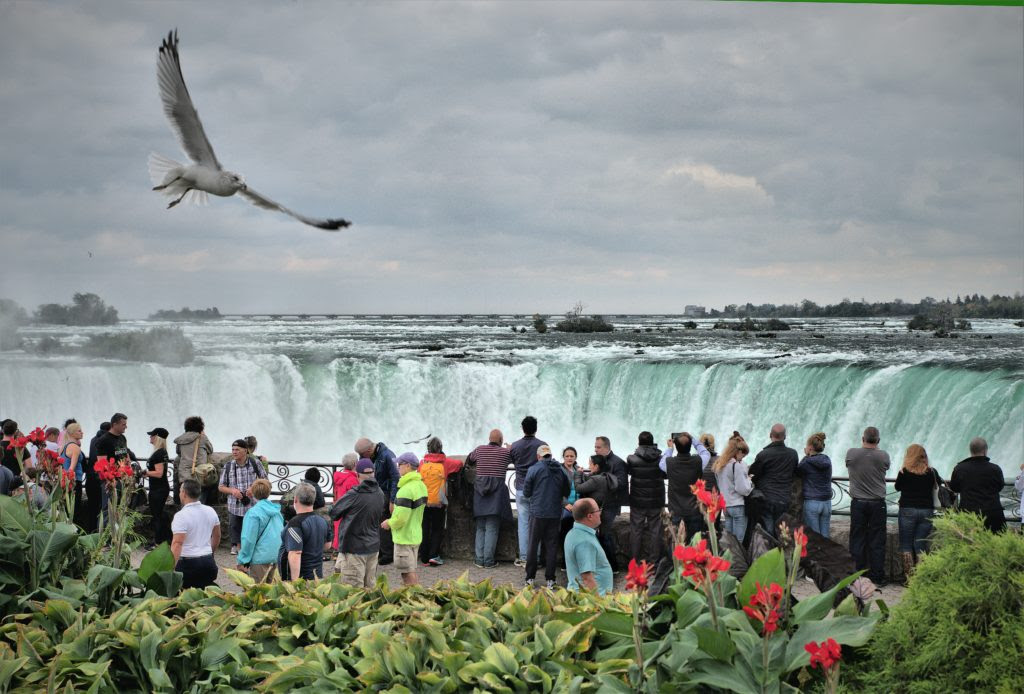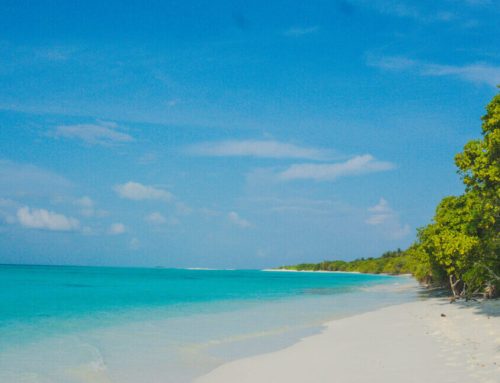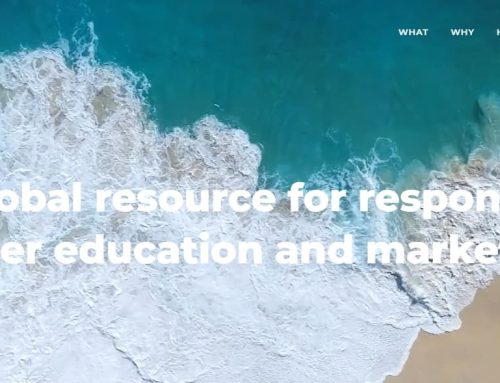Destination Stewardship Report – Spring 2023 (Volume 3, Issue 3)
This post is from the Destination Stewardship Report (Spring 2023, Volume 3, Issue 3), a publication that provides practical information and insights useful to anyone whose work or interests involve improving destination stewardship in a post-pandemic world.

[Managing large crowds of visitors continues to be a challenge for many destinations] [Photo courtesy of Shlomo Shalev]
The rising tide raises all boats – how can we all be better destination stewards?
Tourism is roaring back as pandemic-era restrictions fade away and destinations welcome visitors again. But how can destinations and businesses promote help create more responsible stewards? Dr. Rachel Dodds, Professor at Toronto Metropolitan University, shares a few practical steps.
When I took my daughter to Disneyland last past spring, I noticed two things: how many people there were and how much garbage was being produced with single-use everything. My daughter, however, noticed how many cool rides there were and how hard it was for me to find vegetables on menus.
As we travel, or host travelers, we all experience something different. Travel is different post-pandemic and some of us are more aware than ever about the issues that affect our planet.
Tourism impacts
With tourism numbers almost reaching pre-pandemic 2019 levels in some destinations, other destinations are experiencing too many tourists. Others, meanwhile, are still struggling to attract them. Tourism can be a force for good as it can raise awareness of other cultures and environments and bring needed dollars into many economies. Tourism can also, however, create many negative impacts in destinations.
One impact is increased carbon into the atmosphere. According to the United Nations World Tourism Organization, tourism is responsible for approximately 5% of global emissions and approximately 22% of all transport emissions. One long-haul flight is about equivalent to driving a car for a year. Another key impact for destinations is the strain on communities and resident quality of life. When too many people visit a place at the same time, this can result in overtourism. This phenomenon has been defined as “the acceleration and growth of tourism supply and demand, the use of tourism destinations’ natural ecological goods, the destruction of their cultural attractions and negative impacts on their social and economic environments.”
The need for destination stewardship and more responsible travel is clear:
- There are more people: From 1950 to 2022 the world population increased from 2.5 billion people to over 8 billion in 2022.
- There are more people travelling: Pre-pandemic tourism numbers increased 56-fold from 25 million in the 1950’s to over 1.4 billion in 2019.
- Travel is resource consumptive in terms of carbon, energy, waste and water. For example, it is estimated that cruise passengers can generate as much as 1 kg of waste per person per day.
- Many tourism workers are low paid with few breaks and uncertain schedules. Many hotel workers in all-inclusive resorts make less than $1 per day and often work seven days a week. Some cruise workers make no salary at all. This is not responsible tourism.
- Many places are suffering from overtourism – more visitors than a place can handle.
What does this mean in terms of destination stewardship?
Destination stewardship means all stakeholders creating a shared future that is collaborative and mutually beneficial. In other words, it is about examining who benefits and at what cost.
All stakeholders (government, visitors, businesses, Destination Marketing Organizations and non-profit groups, and residents) have a role to play but let’s focus on how destinations and businesses can engage tourists in their destination stewardship goals.
A few practical steps include:
- Show your visitors what’s really happening in your destination. Be honest and share your challenges about conservation and/or inclusion and ask for their help.
- Always show value. Asking someone to turn off their lights is often seen a corporate money saving technique. Suggesting to visitors where they can see the stars better when they turn off the lights is a value add.
- Invite critiques from the visitor’s point of view. As Albert Salman, CEO of Green Destinations once suggested ‘ask visitors what would they tell the Mayor.’
- Ask visitors to behave more responsibly and put in place guidelines to ensure they do so. Campaigns like Amsterdam’s Enjoy Respect Campaign was very successful in sharing with visitors what was acceptable behaviour.
According to a recently released book: Are We There Yet? Travelling more responsibly with your children, it is about providing solutions rather than focusing on the problem. Travel can be a force for good and so we need to remember the positives such as understanding other people and cultures, spending money in the local economy and protecting and conserving the places we love.

[Supporting local merchants is one key step that visitors can take to practice responsible tourism] [Photo courtesy of Norbert Braun]
- Travelling in offseason or to places less loved to avoid overtourism
- Taking the least carbon intensive route – even Google will now calculate your transport footprint
- Booking on sites that benefit the local community including: Fairbnb, Ecobnb, Book Different, Sabbatical Homes, etc.
- Support local. There are many local tour operators, restaurants and experiences where the money goes straight into the local economy rather than ‘leaking’ out to foreign owned business. Check out Lokafy, Travel like a Local, and more
- Do your research and ask questions. What is the responsible tourism policy of the accommodation you are staying in? the tour operator you are booking with?
If all stakeholders take responsibility for their actions and become destination stewards everyone gains from it.
For more information, check out https://sustainabletourism.net/ or find out more about how to be a better individual destination steward in terms of planning, packing and traveling in Are We There Yet? Traveling more responsibly with your children, available on Amazon.com




